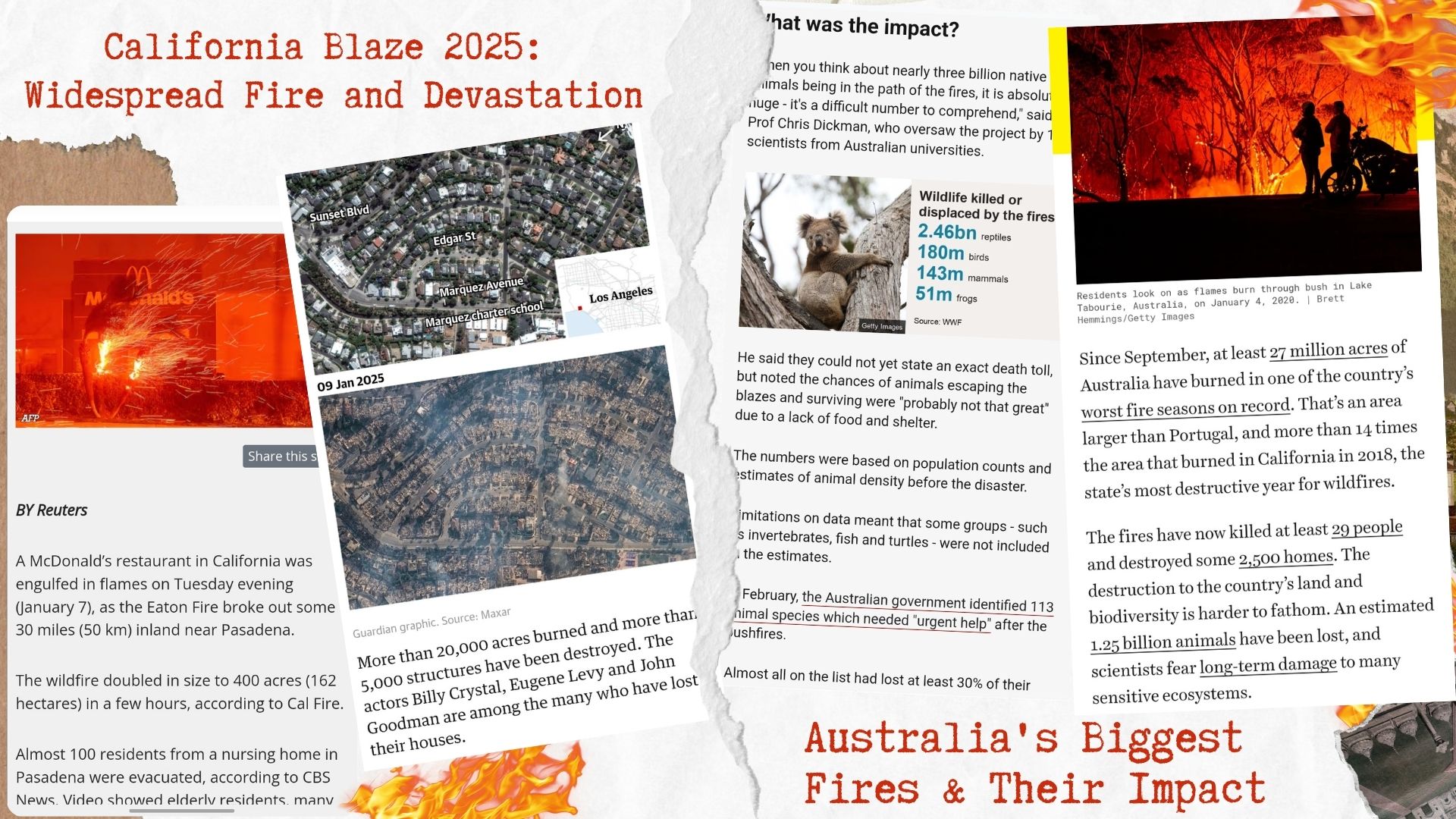Stage 1: Minimum Viable Solution (MVS)
Coverage: 2 sq. km with 10 forest sensors and 3 gateways.
Focus: Testing hardware capabilities in a Shimla school (10 students) and forest areas.
.

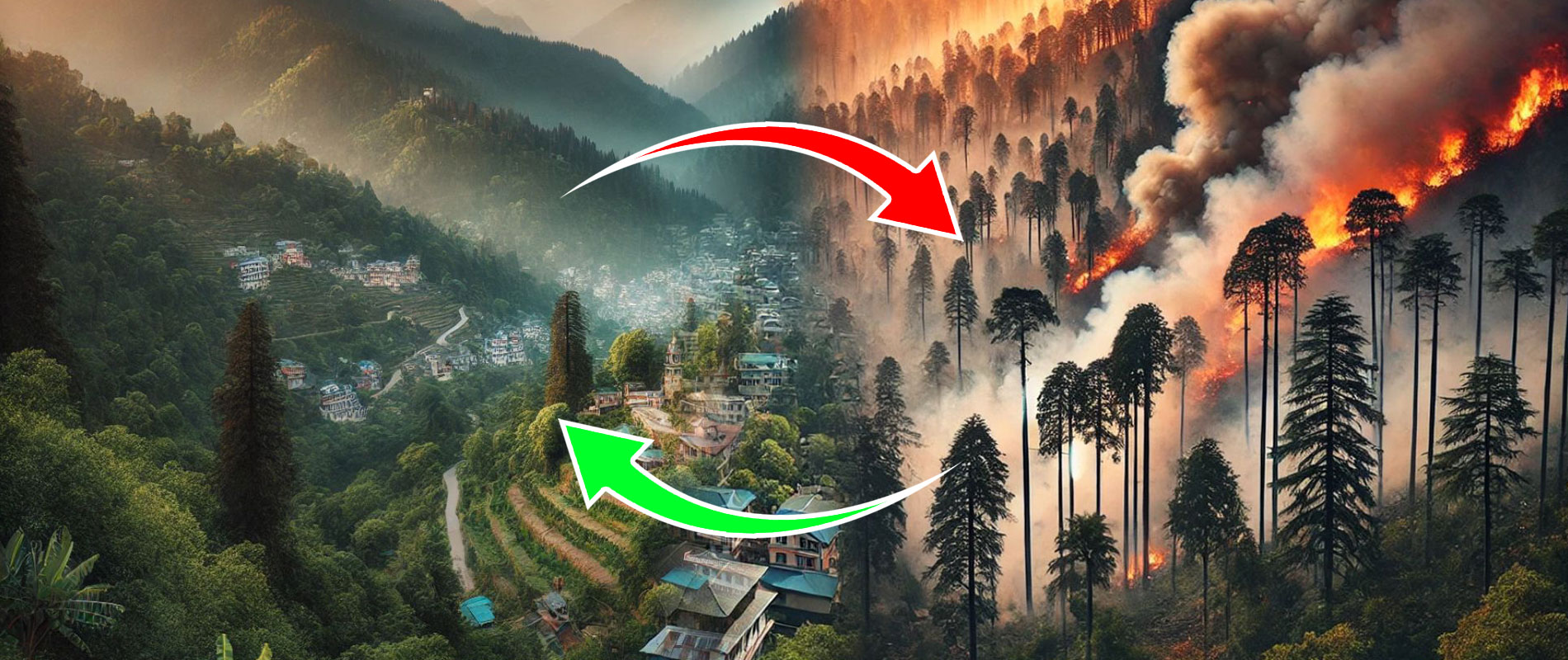
Wildfires contribute 20% of global carbon (CO₂) emissions, comparable to total CO₂ emissions from all transportation modes worldwide, including road, rail, air, and maritime. In 2022, a study revealed that 80% of global wildfires were human-induced, resulting in the loss of over 3 billion animals, financial damages exceeding $400 billion USD globally, and significant loss of human life.
According to a report published on July 1, 2024, Himachal Pradesh’s forest assets are valued at approximately 13.2 lakh crore, comprising rare and legally classified species within protected forest areas, as detailed in the table below for easy reference.
Himachal Pradesh is a picturesque, hilly state within the Union of India, situated in the Himalayan region. Renowned for its biodiversity and ecological richness, the state ranks seventh on the Human Development Index (HDI). Himachal Pradesh is home to a rich variety of vegetation and plant species, including a high diversity of medicinal and aromatic plants. The state spans 55.673 square kilometers, with a population of 6,864,602 (as of 2011). Forests cover 37,948 square kilometers, or 68% of the total area. Himachal Pradesh shares borders with the Union Territories of Jammu and Kashmir and Ladakh to the north, Punjab to the west, Haryana to the southwest, and Uttarakhand to the south, along with an international boundary with Tibet, an autonomous region of China
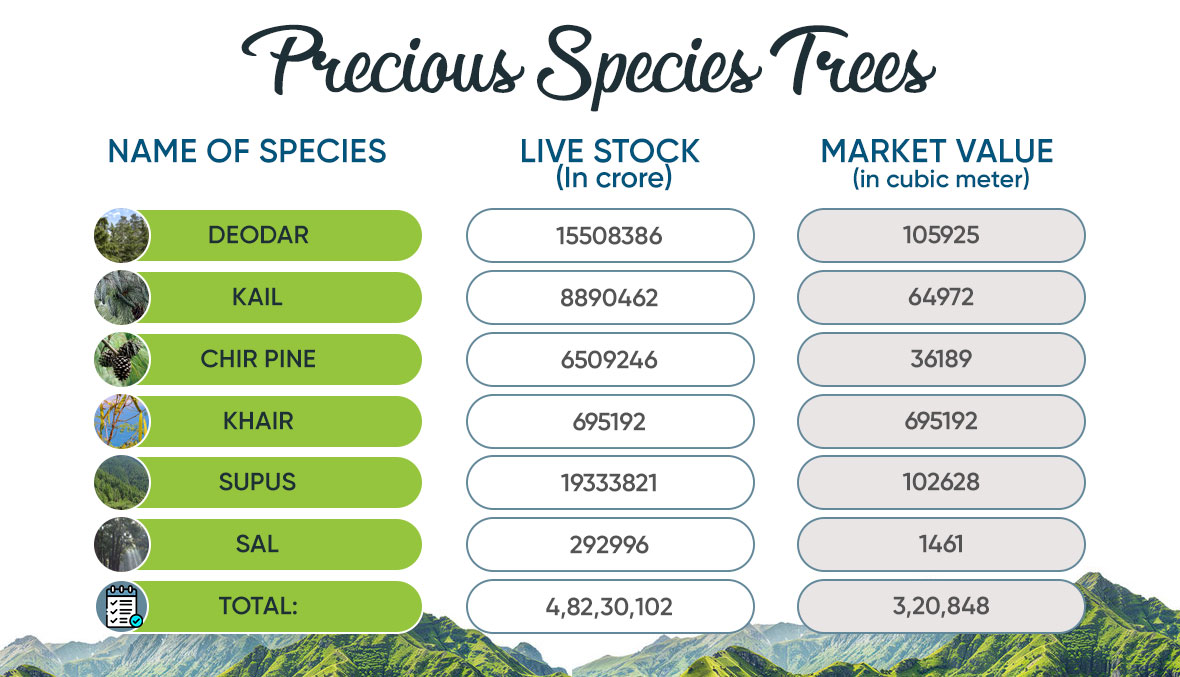


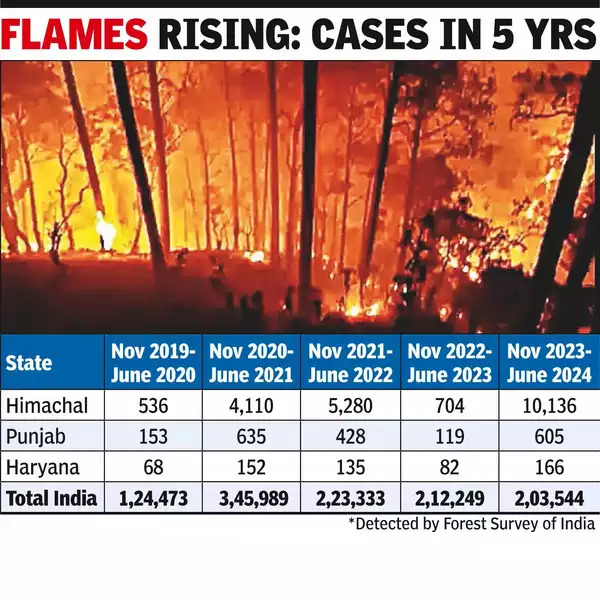
The highest number of 10,136 forest fires in the region during an eight-month period from November 2023 to June 2024, as
detected by the Forest Survey of India.
1,684 forest fires have occurred since April 15, 2024, marking the start of summer— A report from the Himachal
Pradesh Forest Department.
Damage of a total of 17,471 hectares of forest land, causing a significant loss to wildlife.
The Visible Infrared Imaging Radiometer Suite (VIIRS) has been monitoring and issuing alerts for forest fires since
January 1, 2024.
Between June 5 and June 12, 2024, there were 747 VIIRS alerts specifically.
From 2001 to 2023, Himachal Pradesh lost 957 hectares of tree cover to fires and 437,000 hectares (4.37 thousand).
Hectare from other drivers of loss. During this period, forest fires accounted for 18% of the total tree cover loss in the
state.
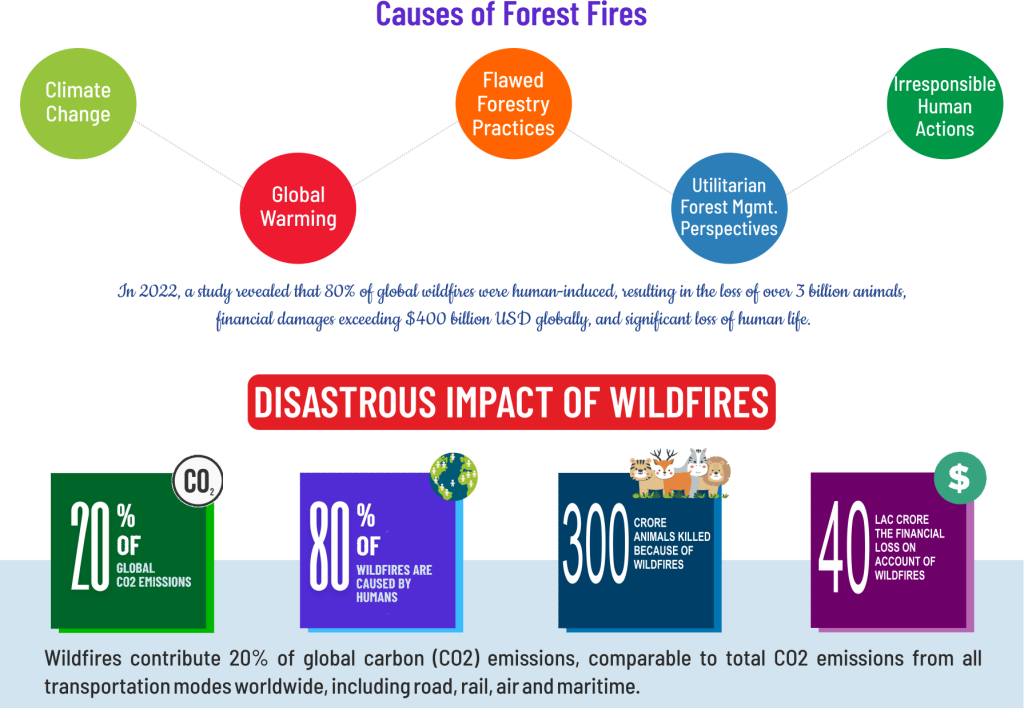

Chir Pine (Pinus roxburghii) represents about 13.5% of Himachal Pradesh's total tree population and is particularly prone to forest fires. Therefore, it is essential for the Himalayan region to adopt mixed forestry practices and, where feasible, replace pine trees to reduce fire risk.

The Amazon Rainforest is the world's largest forest, spanning a vast area that covers nine countries, including Colombia and Brazil. According to NASA's Earth Observatory, the Amazon covers around 6 million square kilometers and Deforestation in the Amazon remains an urgent environmental challenge: Nearly 5 million acres of forest cover were lost to deforestation in 2022, including 1 million hectares in Colombia alone.

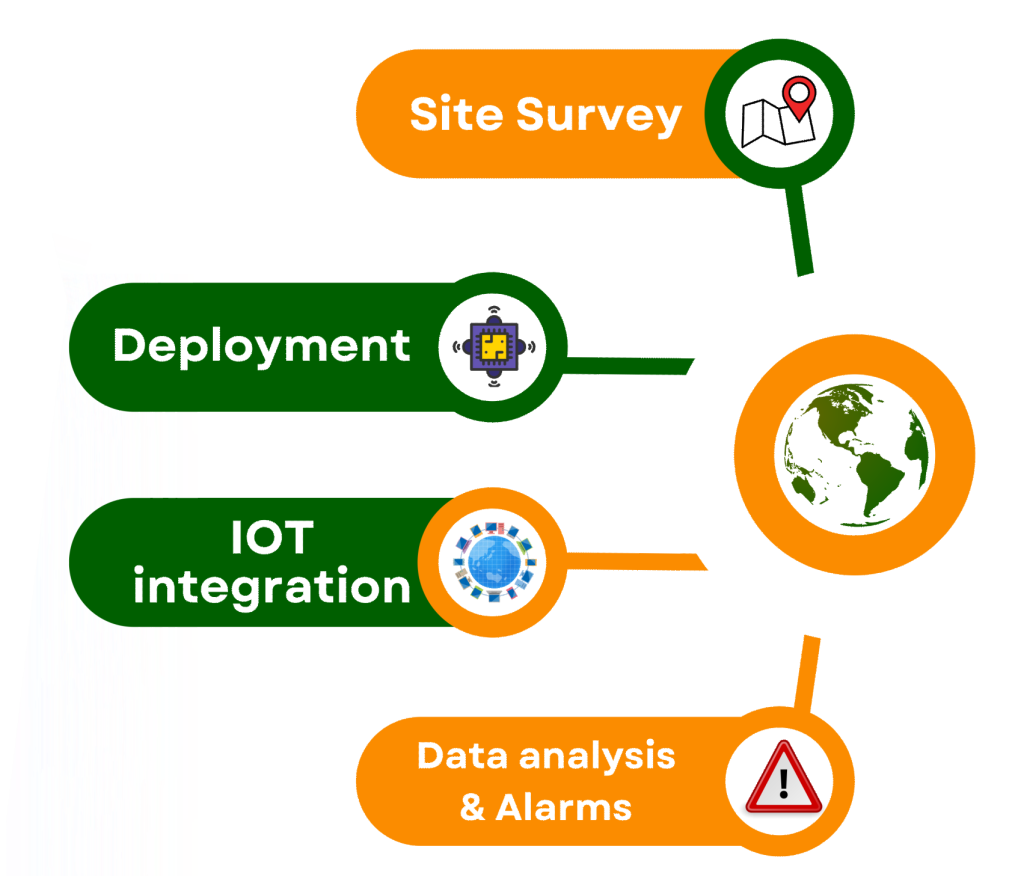
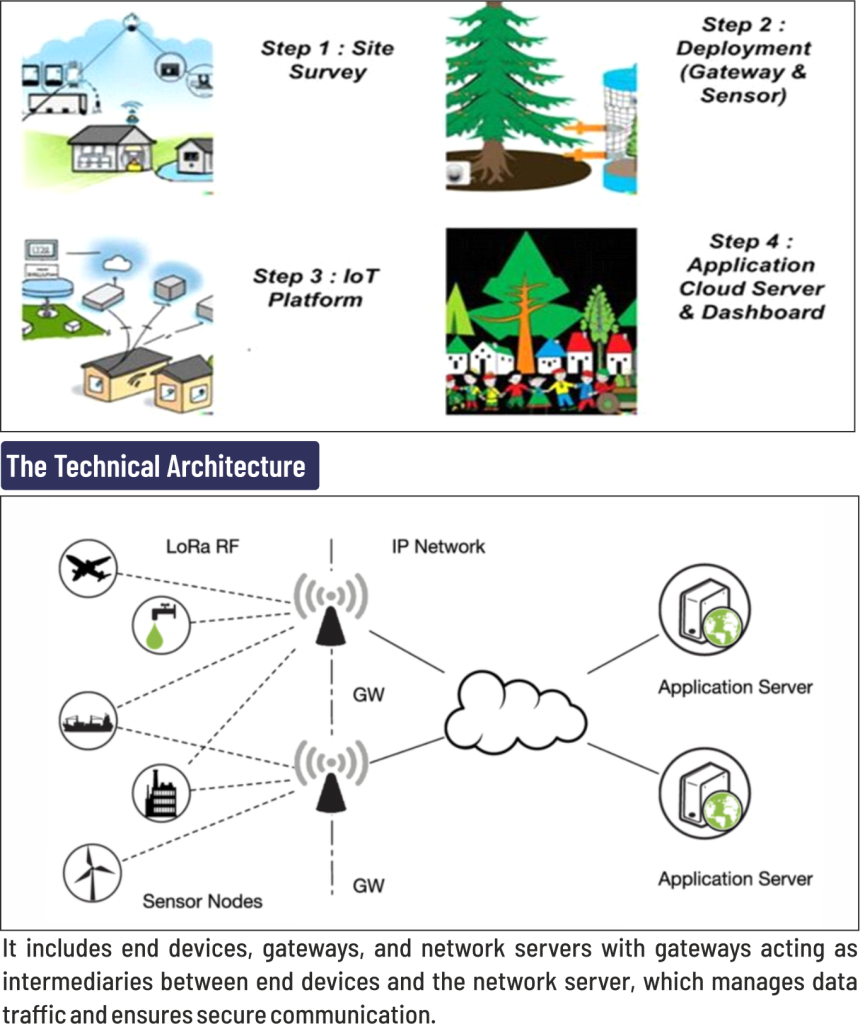
To start with a proposed pilot project for Shimla Town & Pine Intensive forest area in the adjoining Solan District of Himachal Pradesh as “a premise “
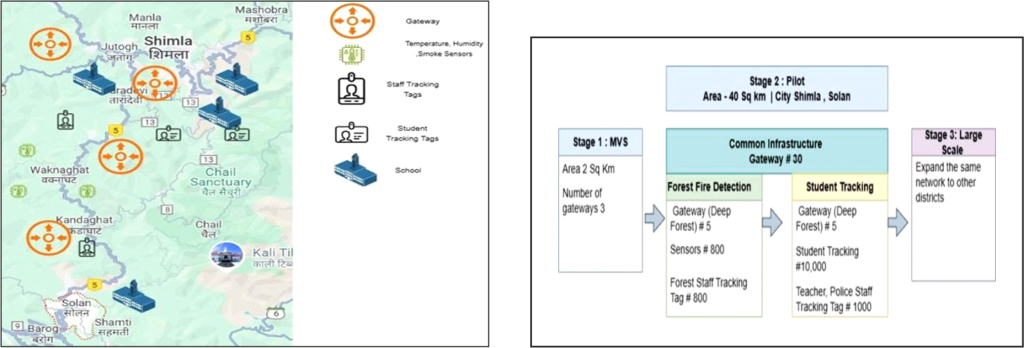

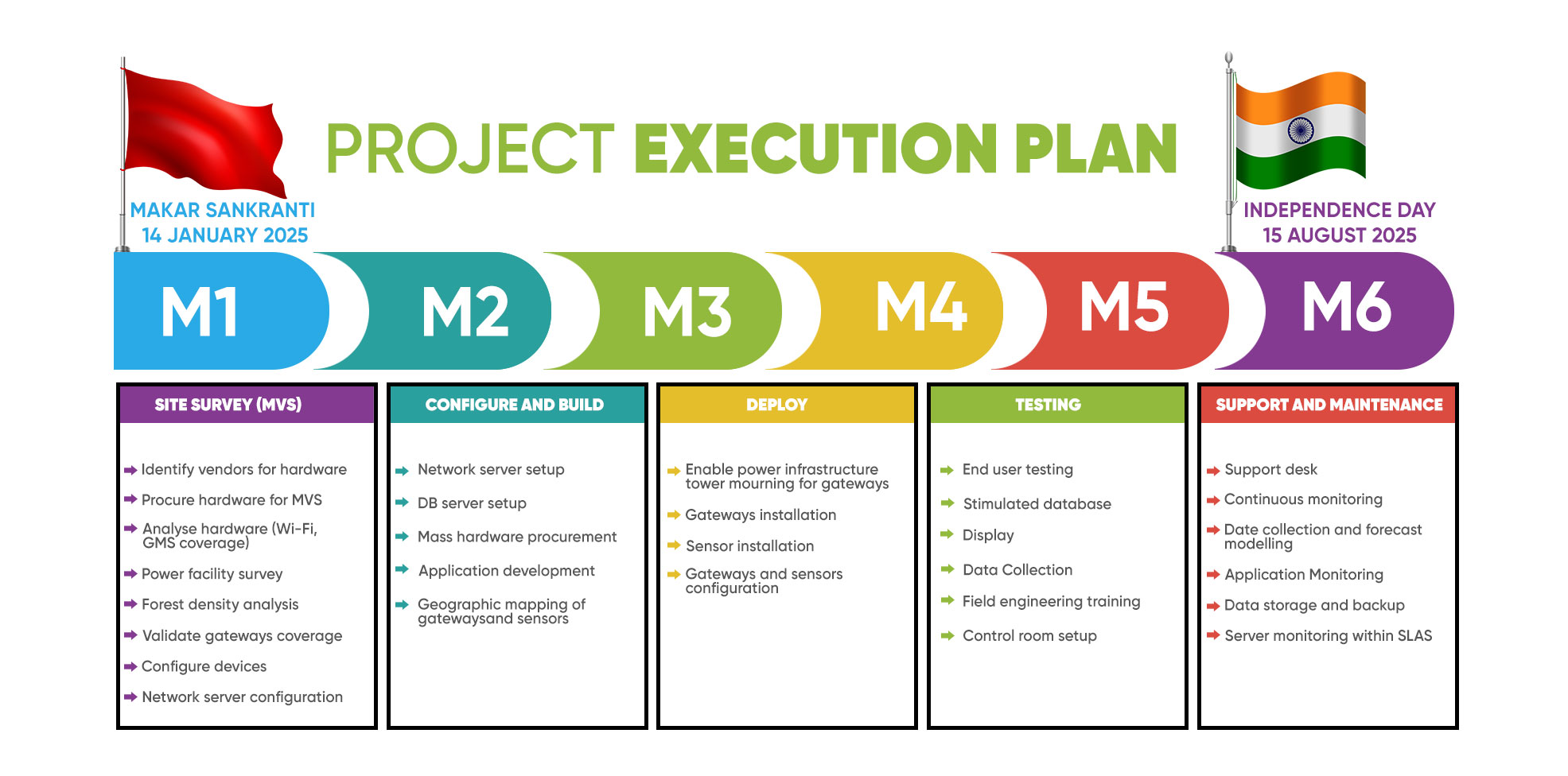


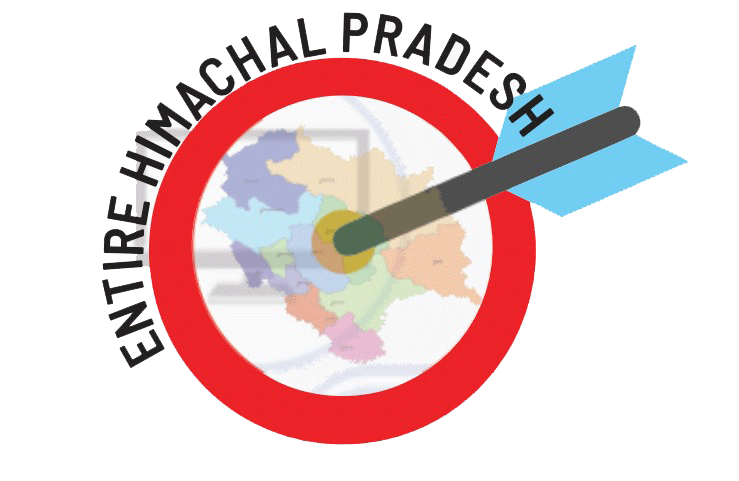
Stage 1: Minimum Viable Solution (MVS)
Coverage: 2 sq. km with 10 forest sensors and 3 gateways.
Focus: Testing hardware capabilities in a Shimla school (10 students) and forest areas.
.

Stage 2: Pilot Phase
Coverage: 40 sq. km (Shimla city) with 40+ gateways.
Focus: Supporting 8 schools (~10,000 students), Shimla forest division, and Solan pine forests.
Goal: Scalability and reliability for broader deployment.

Stage 1: Minimum Viable Solution (MVS)
Coverage: 2 sq. km with 10 forest sensors and 3 gateways.
Focus: Testing hardware capabilities in a Shimla school (10 students) and forest areas.
.

Stage 2: Pilot Phase
Coverage: 40 sq. km (Shimla city) with 40+ gateways.
Focus: Supporting 8 schools (~10,000 students), Shimla forest division, and Solan pine forests.
Goal: Scalability and reliability for broader deployment.



